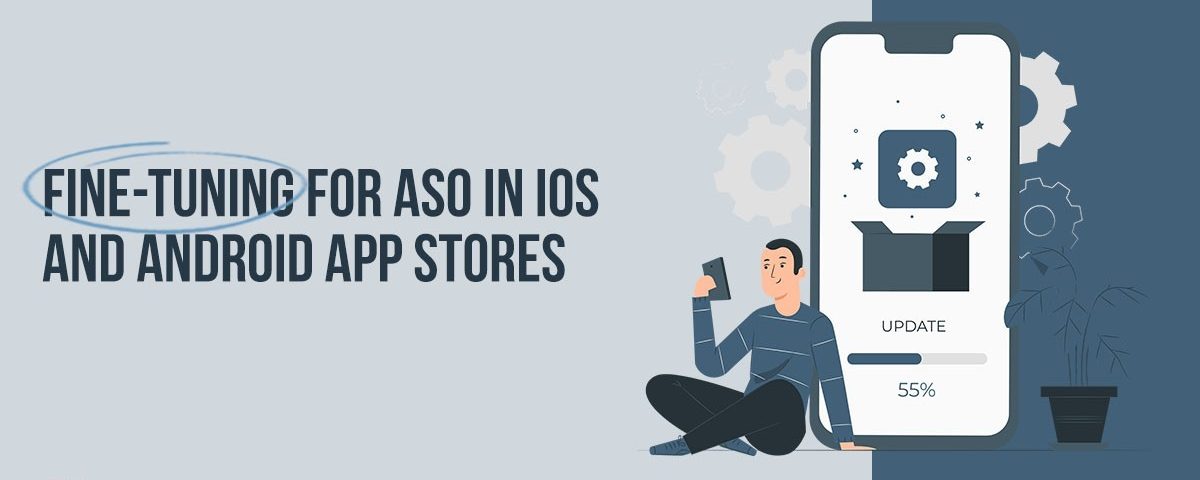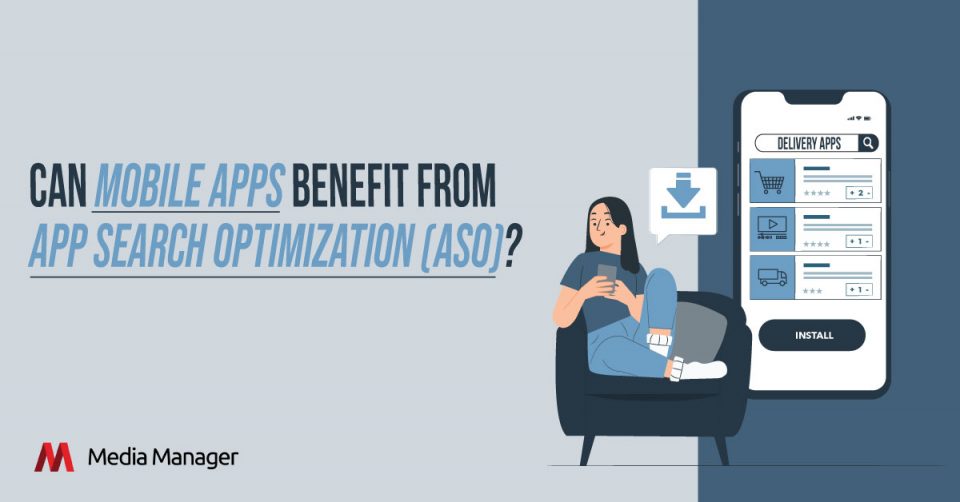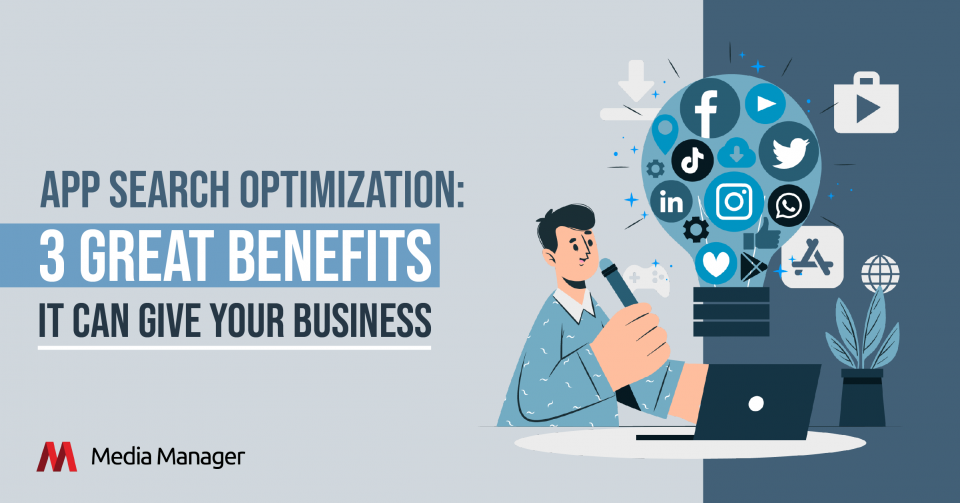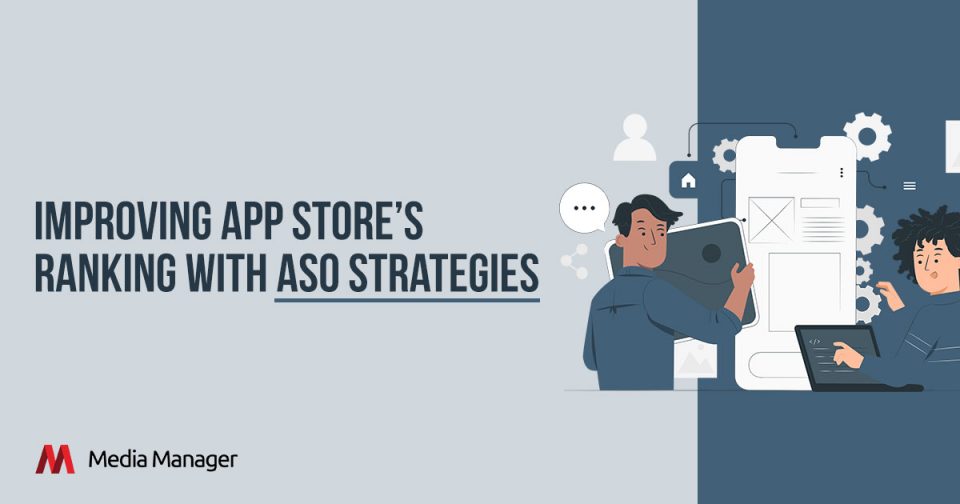
Can Digital Marketing Work Without SEO?
June 16, 2021
3 Digital Marketing Strategies to Boost eCommerce Success
June 28, 2021Creating an app is one thing; launching and marketing apps is another. Since the majority of apps are released to the public via app stores, some digital marketing experts focused their effort on improving app marketability through app search optimization. It is also known as App Store Optimization or ASO.
Ensuring visibility and increasing download potential is a complex practice, especially with the huge number of apps available in app stores today. In fact, in 2020, app downloads worldwide have reached 218 billion and revenue generated from them amounted to $462 Billion (U.S.) in 2019.
There are four “big stores” that serve as the best gateways to download apps, but the top two alone, Google Play Store and Apple App Store are used for more than half of all app downloads in the world. Optimizing your app marketing for these two stores alone is enough to get you the downloads and profit you’re searching for.

Differences between iOS and Android Ecosystems
Despite having the same function, the Apple App Store and Google Play Store differ in many ways. App store search optimization for each outlet differs concerning their mobile operating system (OS) environments, user base, and other factors.
The Apple App Store is run in iOS, the company’s proprietary operating software for their devices. On the other hand, Google’s Play Store is found in their open-source OS, Android, and possibly other systems.
Both stores have similar criteria of requirements for developers planning to launch their apps in their respective stores, but some items may be more significant in one store than in the other.

Fine-tuning for the Apple App Store
Popular for “minimalist” aesthetics, Apple’s app store is similarly designed: neatly arranged banners and icons, Apple’s standard font, and important details laid out for ease of viewing. Apple app store search optimization centers around several factors, which include text relevance, keywords, and primary category selection.
After that, Apple’s ranking algorithm includes ratings and feedback to determine an app’s ranking. Apple also discourages developers from using irrelevant keywords and choosing the wrong category, which will negatively affect their metrics.
Those who have extra cash in their marketing budget can also opt to use Apple’s Search Ads, which can help push your visibility in relevant app searches in more than 60 regions.
Fine-tuning for the Google Play Store
The Google Play Store looks a little more cluttered than the Apple store layout but includes more details. More text and images do not make everything easier in doing Play store app search optimization, however.
For instance, you have more variables to watch out for aside from accurate categorization and text. Google also has strict content policies on keyword spamming and highly encourage vital description copy to be present in the first few sentences of the app’s description.
Like Apple, the Play store also has options for paid search ads. Google also encourages the use of localization or translation services for better discoverability.
Conclusion
The world’s top two app stores may have a lot in common, but marketing apps in each respective app shop requires different approaches. What may work for Apple won’t win in Android or the Google Play Store, and vice versa. In case you are confused about how to sort things out effectively, you can get help from experts like Media Manager.
Our extensive knowledge of Apple and Android app search optimization can help you drive your app’s visibility and download rate, making it more popular for users. Find out more about Media Manager’s services by inquiring at https://www.mediamanager.com.sg/contact/.



